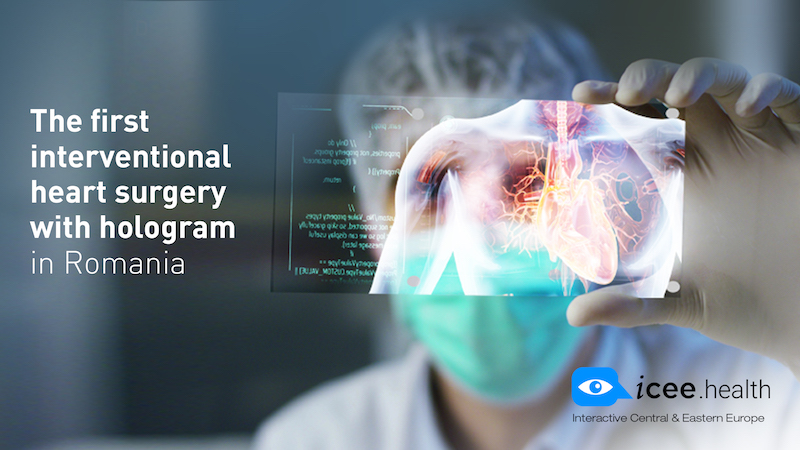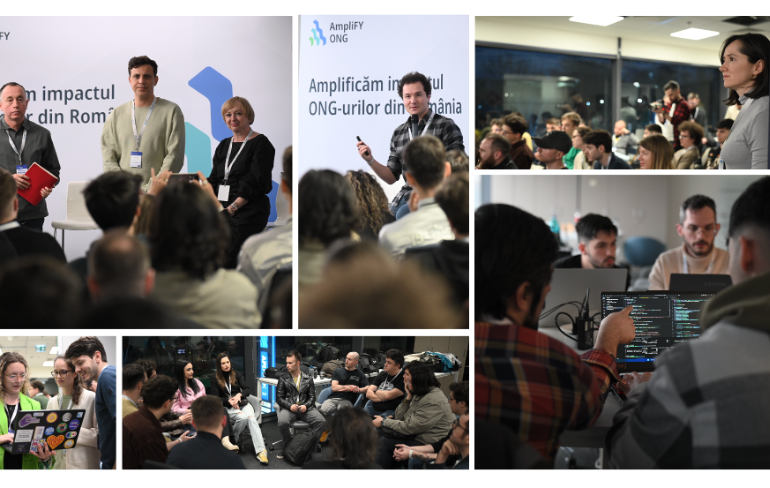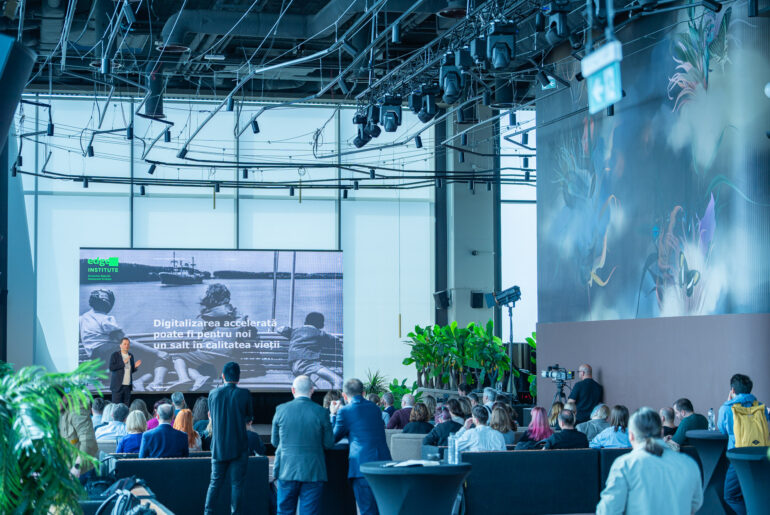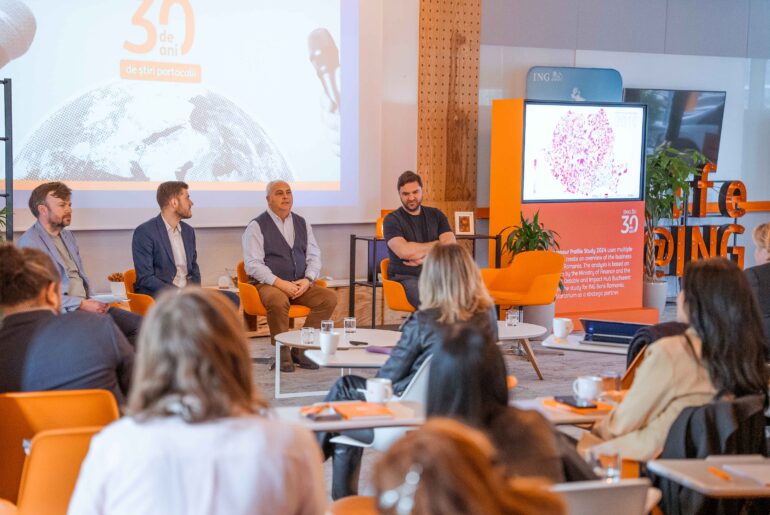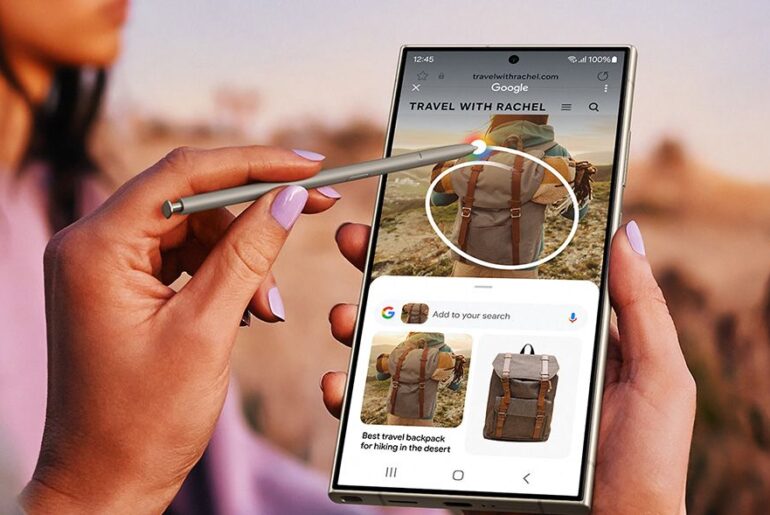Technology and the progress of knowledge have left a mark on all aspects of human existence.
Technology solves our problems, from the simplest to the most complicated ones. For each problem, man has found a solution, applying existing technologies or developing new ones.
One of the great challenges nowadays is maintaining health, which is why we always strive to understand the mechanisms of life and apply existing knowledge to find solutions: surgical methods of treatment, diagnosis, innovative drugs, etc.
In a relatively short time, we have come from medicine based on Avicenna’s Canon to medicine in which technology allows the doctor to “see” inside the patient’s body, to detect metabolic imbalances using a single drop of blood and to perform heart surgery through a needle sting.
Technological evolution is huge. Conditions that one or two generations ago seemed without a solution are now history.
Applicability of technology in medicine / One cannot speak of medicine without technology
The human body is complex and people’s genetic variability is also extremely large. Not even the best doctor can ever learn all there is to know about possible conditions in the scope of a medical specialty. It is a continuous process of learning and adaptation.
However, human intelligence augmented by technology can deal with this challenge. For instance, an artificial intelligence system can operate with huge sets of data and it provides doctors with filtered, relevant information.
The applicability is both in curative, and in preventive medicine.
For treatment, there are CADx systems (computer-aided diagnosis), which help doctors interpret medical images. Besides, by adding AI systems the accuracy of the diagnosis can be improved.
Artificial intelligence algorithms have been trained to detect tuberculosis lesions in lung X-rays, to detect breast cancer cells in lymph node biopsies or to identify and classify brain cancer in one of the approximately 100 known types, etc.
For instance, scientists have trained an artificial intelligence system with data from 2800 cases of brain cancer. They subsequently asked the system to identify types of tumors in over 1000 known cases and they noticed the diagnosis made by the computer did not match the human diagnosis in a number of cases. It turns out that the artificial intelligence system has not mistakenly identified the types of tumors, but doctors have misdiagnosed about 12% of the cases studied.
We are thus at a time when in some areas technology reaches or even exceeds human performance. In addition to that, a human operator can only process a limited number of data sets, while computers are only limited by their computing power, immensely outperforming humans.
At the same time, computers never get tired and can reach areas where the level of medical services is limited by geographic or economic considerations.
In another example combining artificial intelligence and augmented reality, Google has developed a system that allows the results given by the artificial intelligence system to be presented as augmented reality directly in the field of view of the microscope used by the anatomical pathologist.
The IBM Watson system has an integrative approach that attempts to go beyond interpreting medical imagingby integrating information from multiple sources: patient’s history, clinical trials, medical research articles, etc.
But in medicine, technology and AI does not exclusively come from the labs as specific solutions. Serendipity also plays a role where technology designed for another role finds new uses.
For instance a four-year-old boy from the UK asked Siri to call the emergency number after his mother lost consciousness. The doctors arrived on time and saved the woman’s life.
Besides the applicability of technology to treatments, the value of technology is also given by the possibility of preventing disease.
Starting from the patient’s medical history, trends and evolutions can be detected and they can be correlated with anonymized information from other patients to identify predispositions to certain conditions. Thus, recommendations can be made for improving the quality of life and avoiding diseases that at the time of the investigation are not clearly pathological.
Patient, technology and medicine
From the patients’ perspective, technology saves their lives. We use technology for diagnosis, treatment and prevention, but for the patient the educational aspect is important as well.
The patient is more and more informed, keen to know and understand. Their body is no longer a mystery. When an organ no longer works in the normal parameters, what can the patient do? How can you get involved actively to be healthier? The modern man is no longer a passive party, but becomes the partner of the doctor in the medical act.
He is also active in keeping his body fit and healthy by exercising and controlling his dietary habits. We are already living in the era of wearable fitness and health sensors, implanted ones are just a step away.
Technology, medicine and people work together.
What does the future look like in medicine?
Digital doctors, robots, AI, VR, sensors implanted in the body and 3D-printed organs, personal software assistants.
What if the doctor were able to reach remote villages in Romania using the latest technology advances? To discuss with patients who cannot reach the hospital or who have serious conditions and need immediate consultation, to be able to remotely check the values indicated by implanted sensors and to be able to give a diagnosis in this manner?
We are not there yet, but the future beckons: Cambridge University has created intelligent holographic sensors that can be used to test blood, breath, urine, saliva or lacrimal fluid for compounds such as glucose, alcohol, hormones, drugs or bacteria. When one of the compounds is present, the hologram changes its color. These sensors could be used to monitor diabetes, heart function, infections or hormonal imbalances easily and cheaply.
Or, as with the sensors already integrated in mobile phones such as accelerometer, compass, gyroscope or barometer, what if we also had sensors that measure temperature, heart rate and blood pressure or that can perform a blood count and measure blood sugar using a single drop of blood?
There are just a few examples of what is happening and what can happen in medicine.
At the same time, technological advances do not exclude the doctors. Beyond diagnosis and treatment, we need trust, empathy and compassion, and these can only be offered by humans. We need doctors to translate complex analyzes and investigations, to explain their strategy and medical conduct. We want to make sure we will have the best possible treatment and a long, healthy life.
From the first brain surgery broadcast live in 360 VR to the FIRST HOLOGRAM-GUIDED INTERVENTIONAL HEART SURGERY IN ROMANIA
Did you think you could have access to an operating room 10 years ago? That you can merely swipe on the screen and that surgery is no longer something to be afraid of? That you finally understand what can happen in your body? That you can see a heart?
Technological innovations in medicine are created with a purpose: that of helping people. Whether we are talking about diagnosis and treatment or simply about improving the quality of life, virtual reality, artificial intelligence and holograms change how doctors work, but also how you accept, understand and treat your condition. Your life can really get better. Simply thinking that a computer with huge computing power and a dedicated doctor you are working together for you is enough to give you a new sense of confidence.
Bibliography:
- https://www.nature.com/articles/nature26000
- http://bgr.com/2018/03/15/brain-tumor-ai-cancer-diagnosis-machine-learning/
- https://economictimes.indiatimes.com/magazines/panache/google-develops-ar-powered-microscope-for-real-time-cancer-detection/articleshow/63797780.cms
- https://www.bbc.com/news/av/uk-england-london-39352286/boy-4-uses-siri-to-help-save-mum
- http://www.cam.ac.uk/research/news/holographic-diagnostics-0
- http://medicalfuturist.com/20-potential-technological-advances-in-the-future-of-medicine-part-i/
MedLife supports iCEE.health, the only regional event dedicated to the phenomenon of technology and internet changing health and the healthcare system. During this event, MedLife will present the first hologram-guided heart surgery in Romania.


